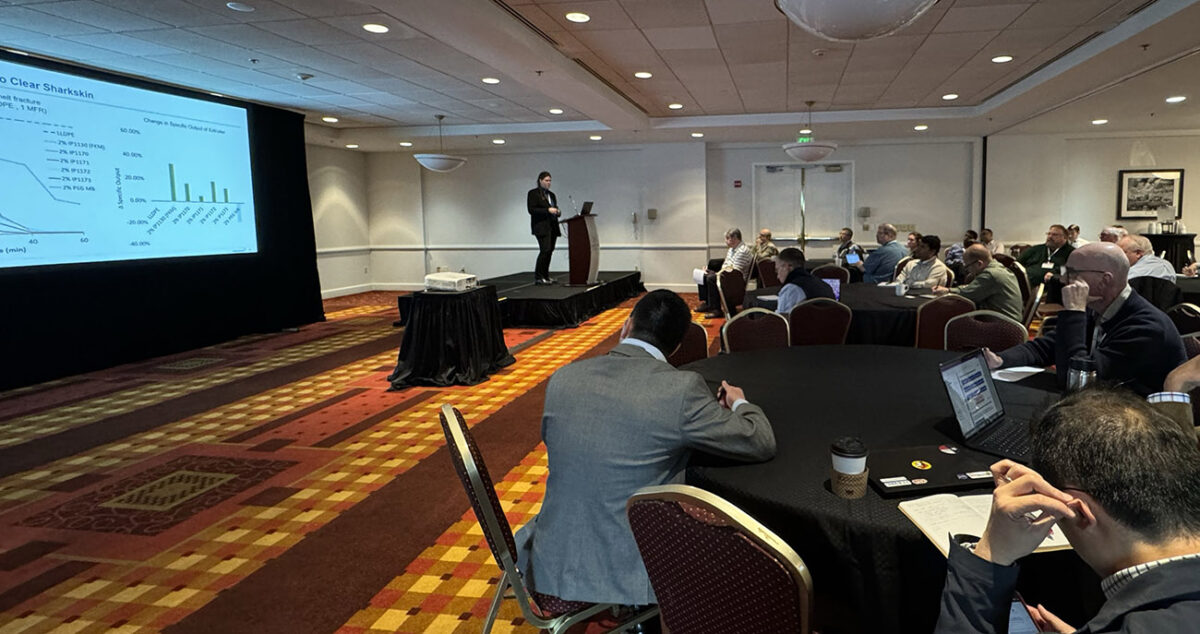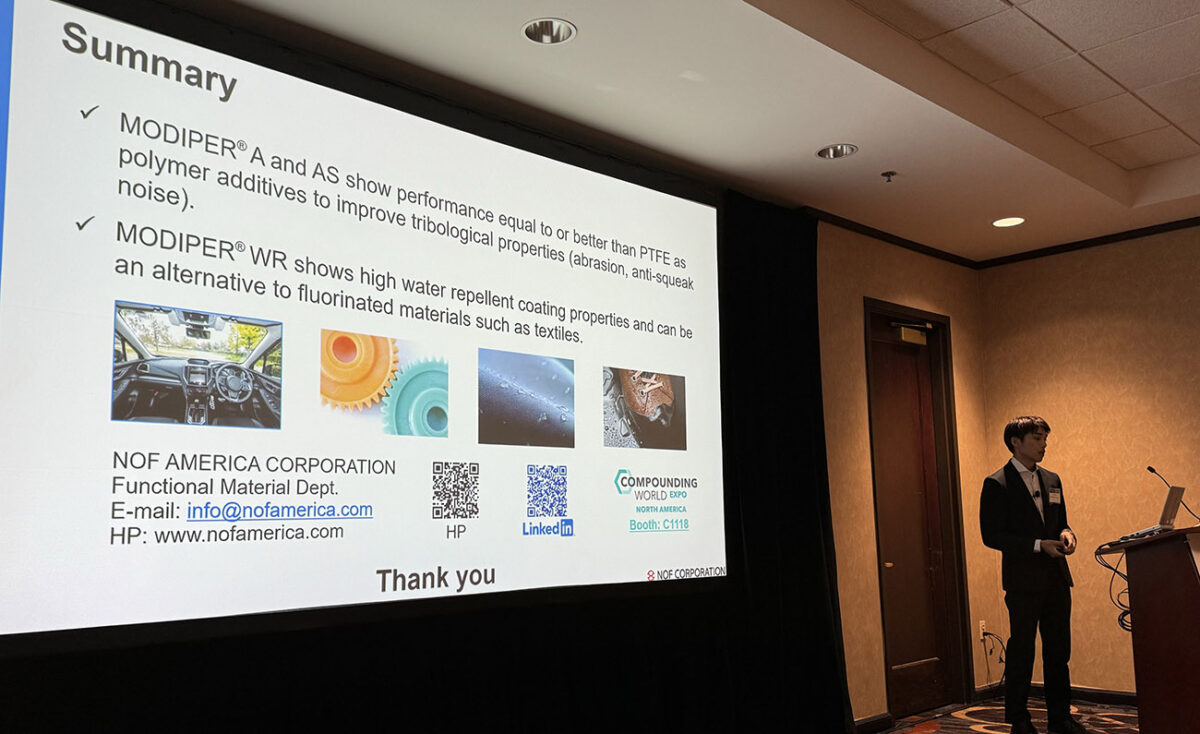PFAS at a Glance: Challenges and Industry Impacts

The Society of Plastics Engineers (SPE) recently hosted its annual event in Baltimore, bringing together over 150 professionals focused on the pressing issue of PFAS (Per- and polyfluoroalkyl substances).
This year’s event addressed critical topics, including legislation, PFAS characterization, and alternatives for PFAS-free solutions, highlighting the challenges facing the plastics industry as it adapts to evolving regulations.
You can also read: PFAS Legislation- What’s Next?
Understanding the PFAS Challenge
One of the significant challenges for the plastics industry lies in the upcoming restrictions on PFAS compounds, especially in specialty applications where PFAS materials play essential roles. PFAS compounds consist of a carbon chain—either straight or branched—in which one or more carbon atoms are partially or fully fluorinated. While the scientific community has acknowledged that not all PFAS compounds have identical properties and risks, current legislative momentum may not reflect this nuanced understanding. Consequently, products like PTFE (polytetrafluoroethylene), which is also classified as PFAS, could soon be restricted in many applications.
Complexities in PFAS Detection
A key concern discussed at the event was the complexity of detecting PFAS compounds accurately. As speakers pointed out, existing detection methods face notable limitations. For instance, the “total fluorine” detection method measures fluorine levels without identifying the source, which can lead to results that include fluorine from non-PFAS compounds. Alternatively, targeted analysis requires specific characterization methods for individual PFAS compounds, but standardized methods for many of the PFAS in existence remain insufficient. This detection gap poses a significant challenge as companies strive to meet new regulatory requirements without the full ability to identify PFAS presence reliably.

FDA’s Role in PFAS Regulation
The U.S. Food and Drug Administration (FDA) also shared insights on common sources of PFAS in everyday products. One of the FDA’s recent priorities includes phasing out PFAS-based grease-proofing agents used in paper and cardboard products. This action aligns with broader public health goals to reduce human exposure to PFAS, particularly in consumer products that may come into direct contact with food.
Looking Ahead in Plastics Engineering
Plastics Engineering magazine will publish a series of articles to dive deeper into PFAS-related topics in the U.S. and Canada. This coverage will explore further details about the evolving regulations, detection challenges, and industry solutions as companies work to align with sustainable practices. By addressing these pressing issues, the magazine aims to support the industry’s transition to safer, PFAS-free materials while helping stakeholders stay informed on critical regulatory and scientific developments.
You can check SPE’s coming events here.
